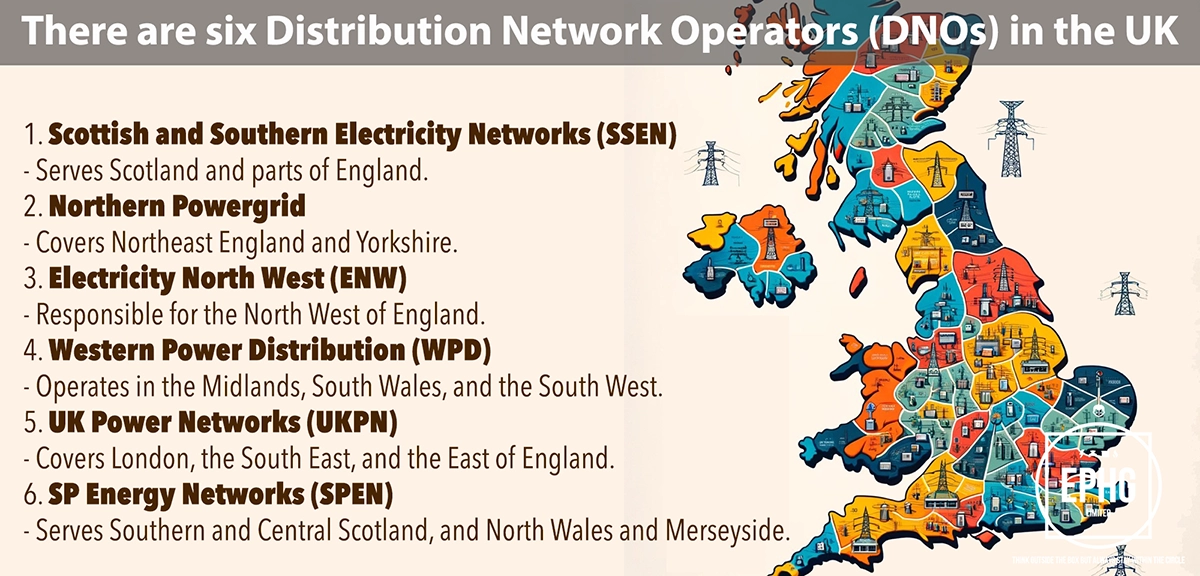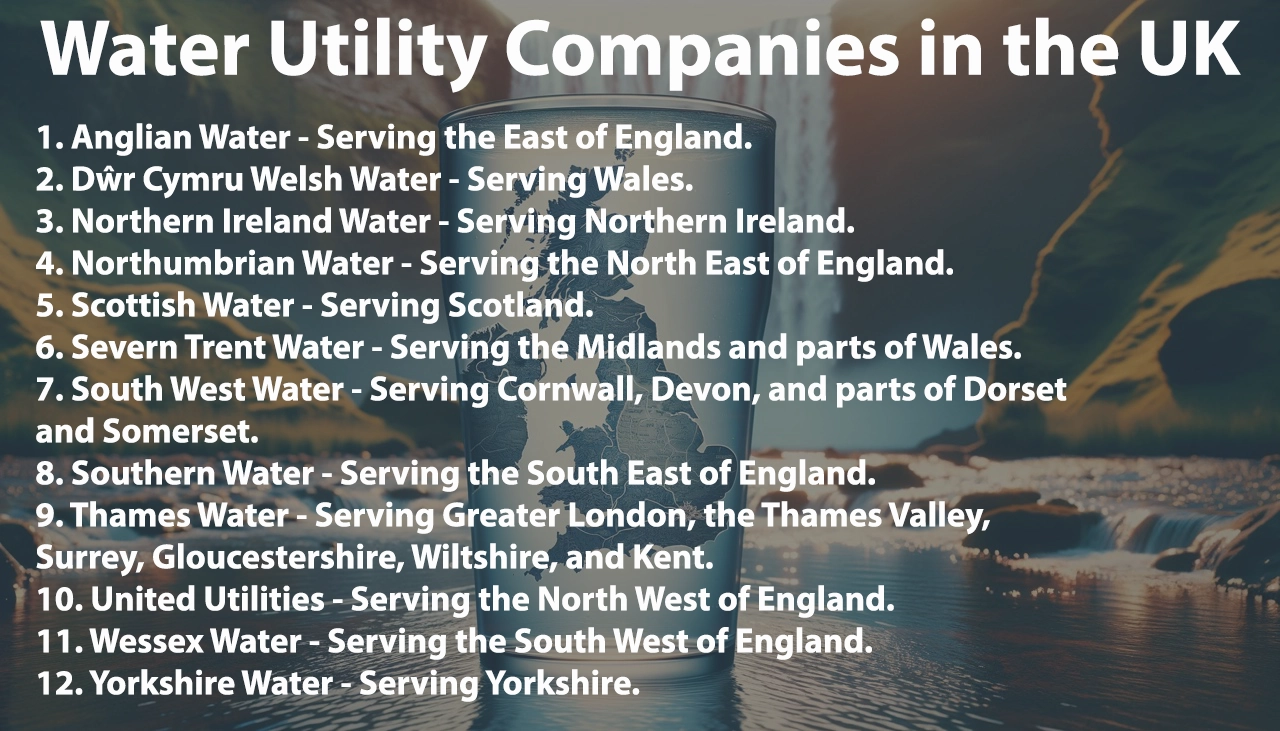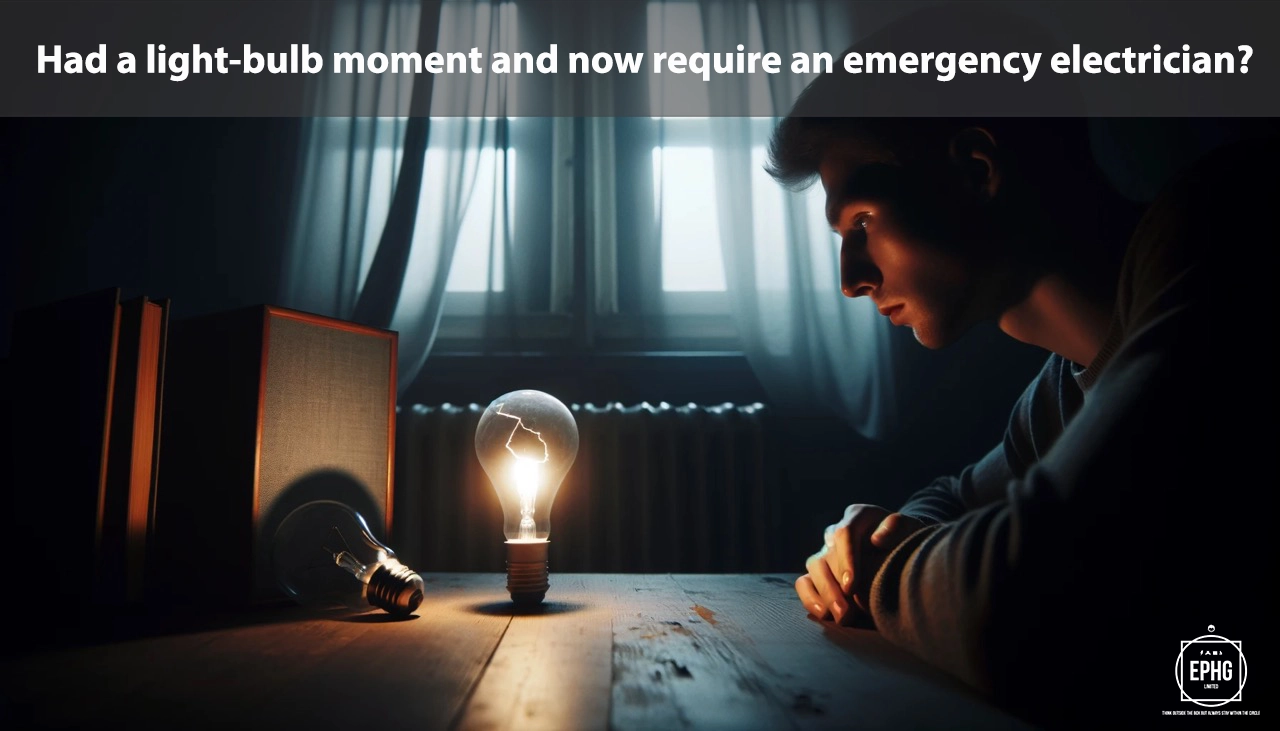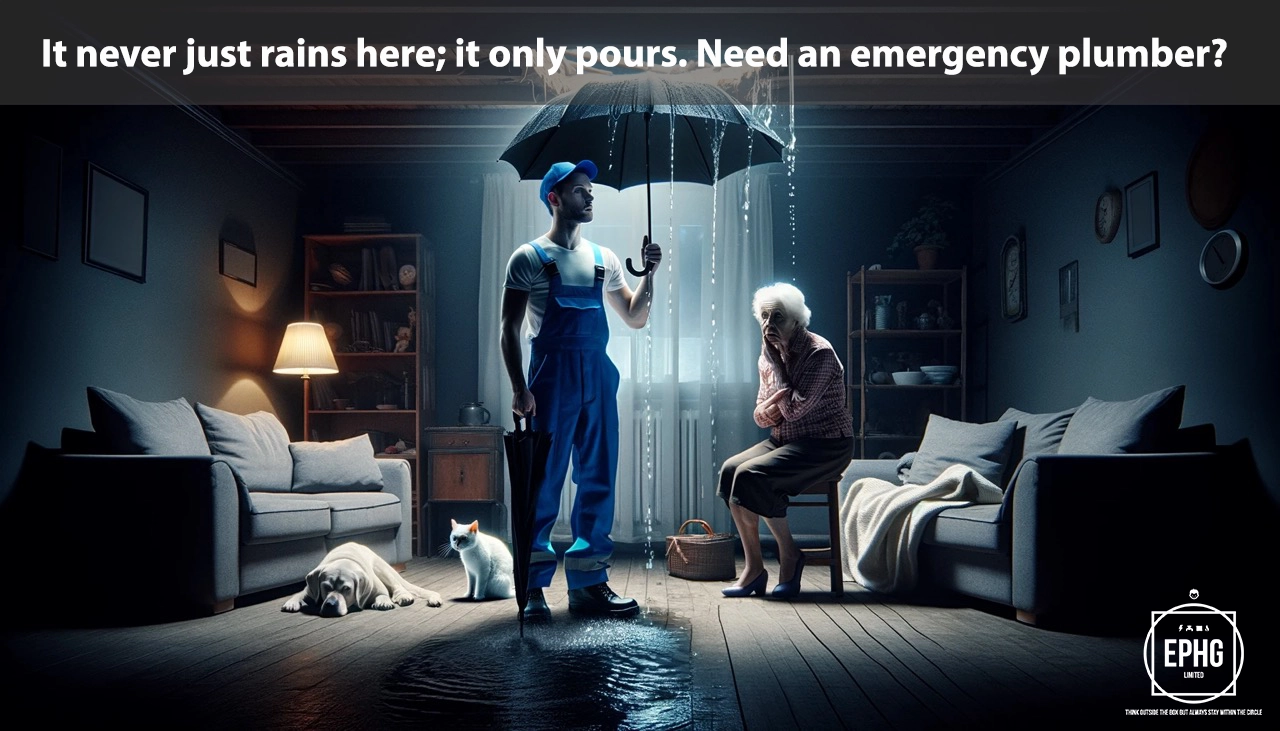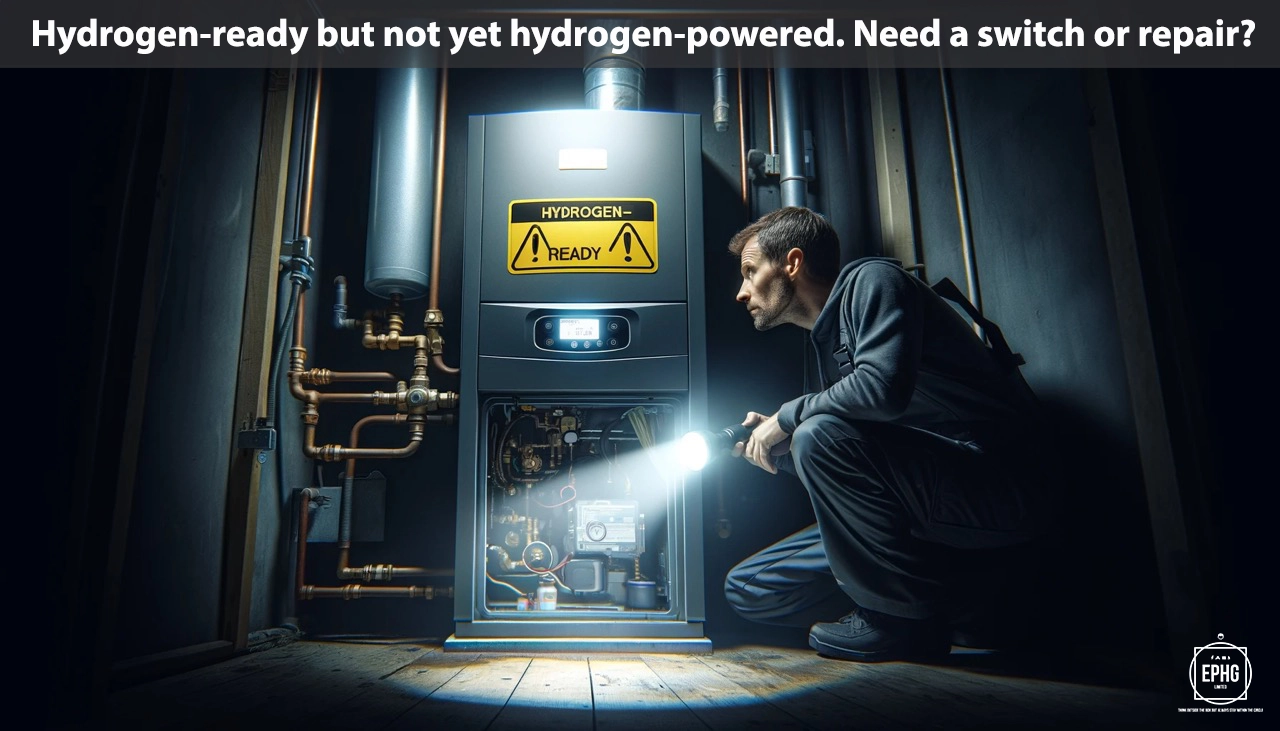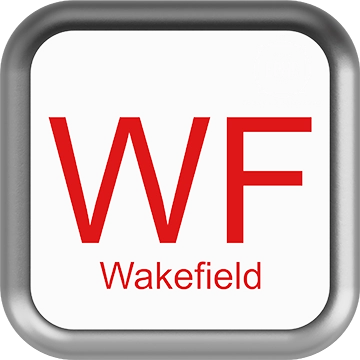
WF Postcodes for Utilities & Services in Wakefield and Surrounding Areas
Introduction: The WF postcode area, which includes Wakefield and its neighboring towns and villages, offers a diverse landscape from bustling urban centers to serene rural settings. This guide is dedicated to providing insights into the water and electricity services available in this region, crucial for the well-being of its residents and the efficiency of its businesses.
Water in Wakefield
What are the primary water sources for Wakefield, and how does the area cope with water scarcity?
In Wakefield, the primary water supply comes from the River Calder, alongside contributions from smaller streams and reservoirs in the surrounding areas. These sources are vital in supporting the local population and industry. Although the water provision is generally robust, Wakefield, like many parts of the UK, is susceptible to environmental changes that can lead to water scarcity. To address this, local water authorities and companies implement rigorous water management and conservation strategies. These measures aim to ensure a sustainable supply, promoting responsible water usage among residents and industries to mitigate the impacts of dry periods.
How does water quality and hardness affect Wakefield residents?
The water in the Wakefield area is generally characterized as moderately hard, containing minerals like calcium and magnesium due to the geological makeup of the region. While hard water can lead to scale buildup in pipes and appliances, it is not harmful to health and can contribute to dietary mineral intake. Water quality is continuously monitored and treated to meet stringent safety standards, ensuring it is safe for all household and commercial uses. Residents may choose to use water softening solutions to protect appliances and improve soap efficiency. Local authorities are committed to maintaining high standards of water quality for health and comfort.
Electricity in Wakefield
Where does Wakefield's electricity supply come from, and what is the future of energy in the region?
Wakefield's electricity is primarily sourced from the national grid, with an increasing emphasis on renewable sources such as wind, solar, and biomass energy. The region is making strides towards sustainable energy practices, reflecting a broader national shift away from fossil fuels. Future energy initiatives in Wakefield include further development of renewable energy projects and infrastructure improvements to enhance efficiency and reliability. The focus is on reducing carbon emissions and embracing cleaner energy solutions, aligning with environmental goals and ensuring a stable energy supply for the future.
Managing Wastewater in Wakefield
Wakefield's approach to wastewater management involves sophisticated collection and treatment processes to ensure public health and environmental safety. The area's wastewater treatment facilities are equipped to handle both residential and commercial waste, ensuring that treated water complies with environmental standards before being released back into local watercourses, such as the River Calder. Ongoing investments in wastewater infrastructure aim to improve efficiency and adapt to the growing needs of the region, reflecting Wakefield's commitment to sustainable and responsible wastewater management.
Electricity in Wakefield
What are the primary sources of Wakefield's electricity, and how is the energy landscape evolving?
Wakefield's electricity supply primarily relies on a mix of traditional and renewable energy sources. Historically dependent on fossil fuels, the area is undergoing a significant transition towards greener energy practices. This shift is characterized by an increasing reliance on renewable resources such as wind and solar power, complemented by ongoing research and development in sustainable energy technologies. The future of Wakefield's energy is set to be more eco-friendly, with plans to expand renewable energy projects and improve energy efficiency across residential, commercial, and industrial sectors. This transformation aligns with broader environmental goals and is aimed at reducing carbon emissions, enhancing energy security, and fostering a sustainable future for the region.
Is there an initiative to introduce hydrogen energy solutions in Wakefield?
Wakefield is aligning with the national trend towards cleaner energy alternatives, including the exploration and adoption of hydrogen energy solutions. While the integration of hydrogen into the city's energy system is still in the developmental phase, there is a clear commitment to incorporating this cleaner fuel into the area's energy mix. This initiative is expected to encompass various sectors, including public transportation and domestic heating, aiming to reduce the environmental impact and move towards a low-carbon future. Residents and businesses are encouraged to stay informed about these changes and the potential for hydrogen to revolutionize the local energy landscape.
How is wastewater managed in Wakefield?
In Wakefield, effective wastewater management is crucial for maintaining public health and protecting the environment. The city's infrastructure is designed to efficiently collect and treat wastewater from domestic and industrial sources. Treatment facilities utilize advanced technologies to remove contaminants before the cleaned water is released back into local rivers, including the River Calder, ensuring that discharge standards meet stringent environmental regulations. This system not only safeguards public health but also contributes to the conservation of Wakefield's natural waterways. The continuous investment in wastewater treatment reflects the city's commitment to sustainability and ecological protection.
Regions and Services:
The WF postcode area presents a mix of urban and rural settings, each with its unique landscape and utility needs. Key regions include:
- Wakefield City: Serving as the central hub for utilities development, Wakefield boasts an advanced infrastructure with a strong focus on sustainable energy solutions.
- Pontefract, Castleford, and Normanton: These towns blend historical charm with modern amenities, reflecting their rich industrial heritage and adapting to contemporary service demands.
- Ossett, Hemsworth, and South Elmsall: Smaller towns and villages in the area are increasingly embracing renewable energy initiatives, enhancing their local utility infrastructures and contributing to a greener community.
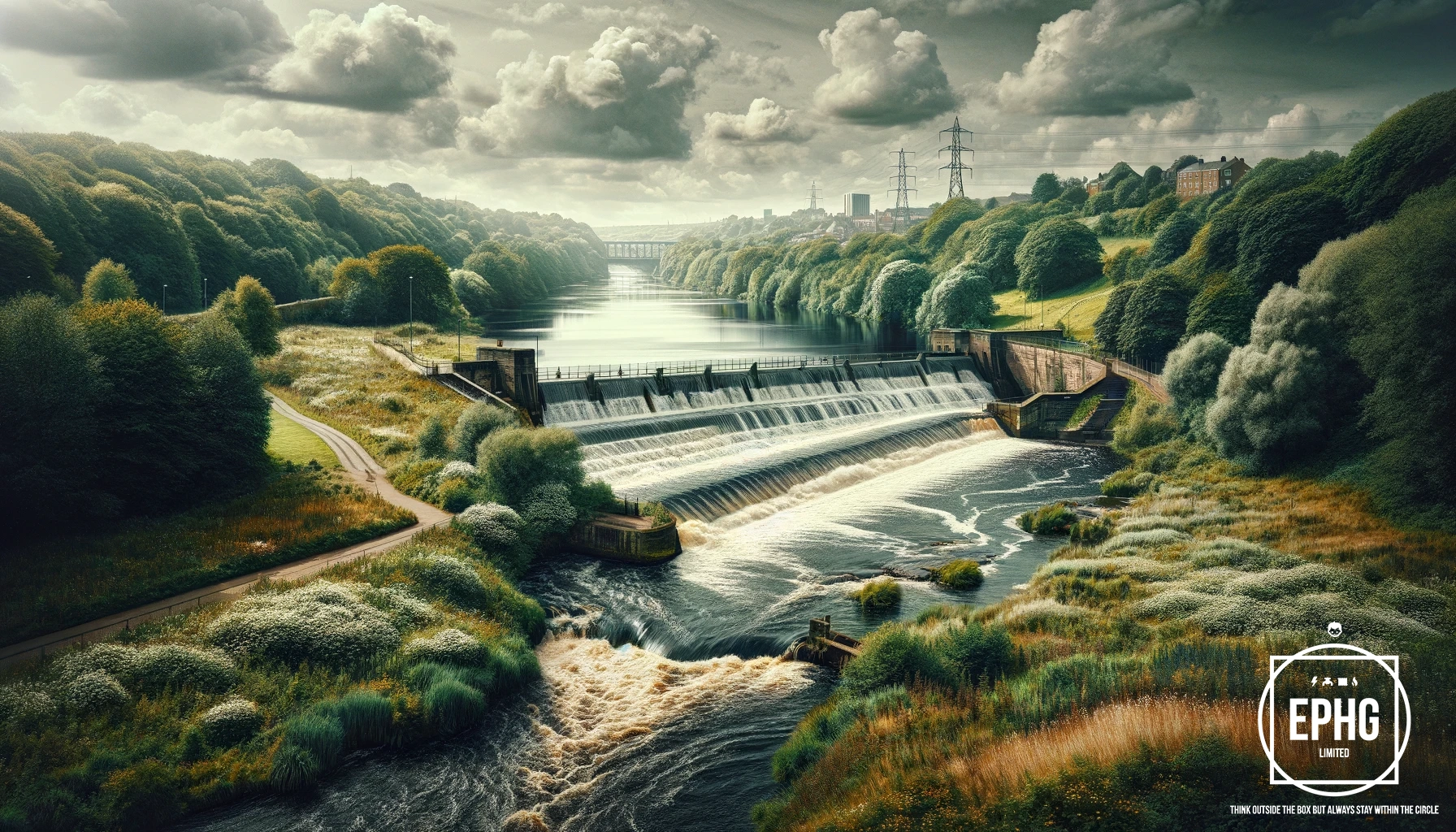
Regions within the WF Postcode
Wakefield and Surrounding Areas
- WF1: Wakefield city centre, Eastmoor, Kirkthorpe, Outwood, Wakefield Rural - Central area known for its historical sites, shopping districts, and cultural venues.
- WF2: Alverthorpe, Kirkhamgate, Lofthouse, Wakefield East - Residential areas with local amenities and community services.
- WF3: Tingley, Lofthouse, Robin Hood, Stanley - Suburbs known for their family-friendly environments and access to green spaces.
- WF4: Horbury, Ossett, Crofton, Flockton, Havercroft - Combining rural charm with town living, known for their local businesses and community spirit.
- WF5: Ossett, Gawthorpe - Towns with industrial heritage, local markets, and community activities.
- WF6: Normanton, Altofts - Areas with a mix of residential, industrial, and retail spaces.
- WF7: Featherstone, Purston Jaglin, Ackworth Moor Top, Pontefract (Monkhill) - Known for their historical significance, community events, and rural outskirts.
- WF8: Pontefract, Darrington, Kirk Smeaton, Pontefract (Monkhill) - Areas rich in history with castles, markets, and community life.
- WF9: Hemsworth, Kinsley, Fitzwilliam, South Elmsall, South Kirkby, Upton - Towns and villages with mining history, local amenities, and green areas.
- WF10: Castleford, Airedale, Ferry Fryston, Glasshoughton - Known for their cultural heritage, retail parks, and community initiatives.
- WF11: Knottingley, Brotherton, Byram, Criddling Stubbs - Areas with a mix of rural and urban living, industrial history, and local businesses.
- WF12: Dewsbury, Chickenley, Savile Town, Dewsbury Moor, Ravensthorpe, Staincliffe - Towns known for their vibrant communities, markets, and historical buildings.
- WF13: Dewsbury, Dewsbury Moor, Ravensthorpe, Staincliffe - Areas with diverse communities, cultural venues, and educational institutions.
- WF14: Mirfield, Hopton - Known for their scenic views, local shops, and community events.
- WF15: Liversedge, Roberttown, Hightown - Residential areas with local businesses, parks, and community facilities.
- WF16: Heckmondwike - A town with a strong community feel, historical sites, and local amenities.
- WF17: Batley, Birstall, Staincliffe, Batley Carr - Areas combining industrial heritage with modern living, known for retail and community activities.
